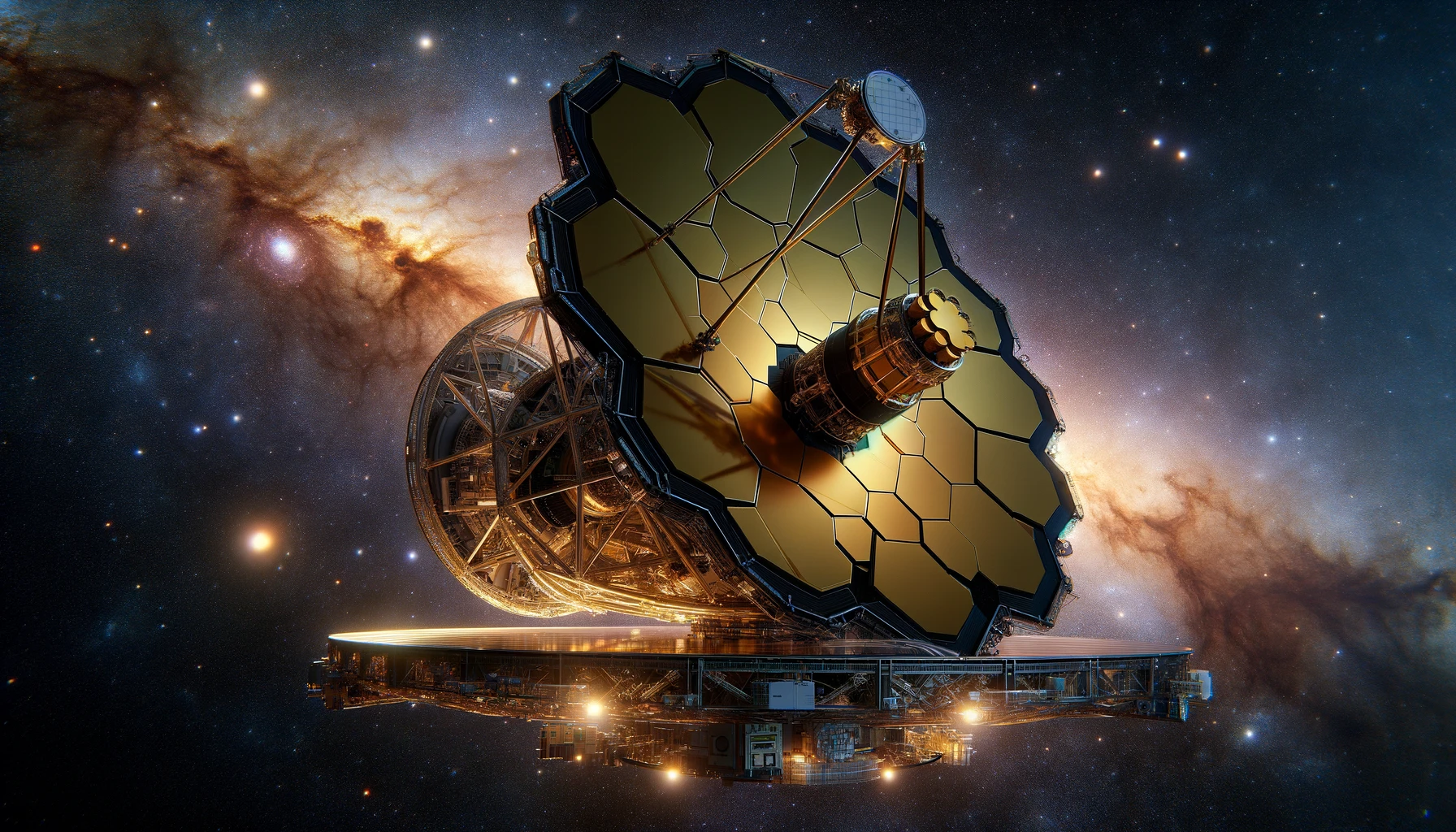NASA’s recent studies have provided new insights into the heating processes of the Sun‘s atmosphere, offering a deeper understanding of a phenomenon known as solar ‘moss’. This discovery is not only a scientific advancement but also sheds light on longstanding mysteries regarding the temperature disparities observed in different layers of the Sun’s atmosphere.
The origins of the concept of ‘moss’ in solar physics date back to the late 20th century. Initially spotted by NASA’s TRACE mission in 1999, these mossy areas are bright, patchy regions that exist around sunspot groups. These spots are particularly associated with intense magnetic activity. Over the years, the study of moss has expanded significantly, especially with advancements in solar imaging technologies. Various missions have aimed to understand its exact role and formation process in solar physics, focusing on how such regions can reach extreme temperatures far exceeding those of their surroundings.
Insights from Hi-C and IRIS Missions
Recent observations using NASA’s High Resolution Coronal Imager (Hi-C) and the Interface Region Imaging Spectrograph (IRIS) have highlighted the role of electrical currents in heating the moss regions. These currents, generated by the chaotic magnetic fields in the Sun’s atmosphere, are thought to elevate the temperatures dramatically from about 10,000 to nearly 1 million degrees Fahrenheit. This localized heating appears to play a significant role alongside the heat emanating from the corona, the Sun’s outer atmosphere.
The Role of 3D Simulations
Coupled with these high-resolution observations, sophisticated 3D simulations have allowed scientists to visualize and understand the complex interactions between magnetic fields and atmospheric plasma. These models are crucial for piecing together how different layers of the Sun interact and influence each other thermally, particularly how lower atmospheric layers like the moss contribute to the overall solar dynamics.
Further Research and Future Missions
While significant progress has been made, scientists acknowledge that these findings are just pieces of a larger puzzle. The upcoming launches of missions like the MUlti-slit Solar Explorer (MUSE) are anticipated to provide even more detailed data. These missions are crucial for developing a more comprehensive model of solar atmospheric heating and could potentially lead to better predictions of solar activity and its effects on space weather.
Implications for the Reader
- Electrical currents play a crucial role in heating solar ‘moss’.
- Advanced imaging and 3D simulations enhance understanding of solar phenomena.
- Future missions are critical for unraveling the Sun’s heating mysteries.
The ongoing exploration of solar moss and its heating processes not only helps in understanding solar dynamics but also assists in predicting solar behaviors that may affect Earth. Continued research and upcoming missions like MUSE will likely offer even deeper insights, potentially improving our ability to forecast space weather and its impacts on satellite communications and power grids.










